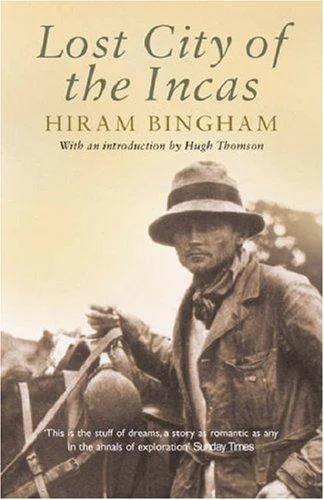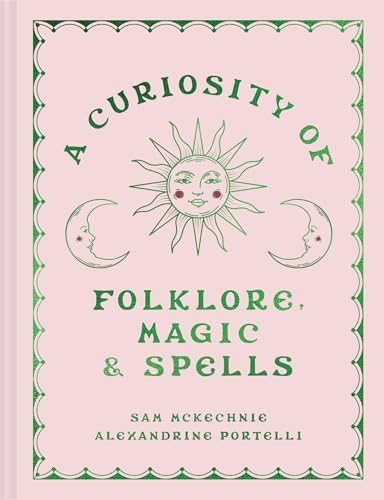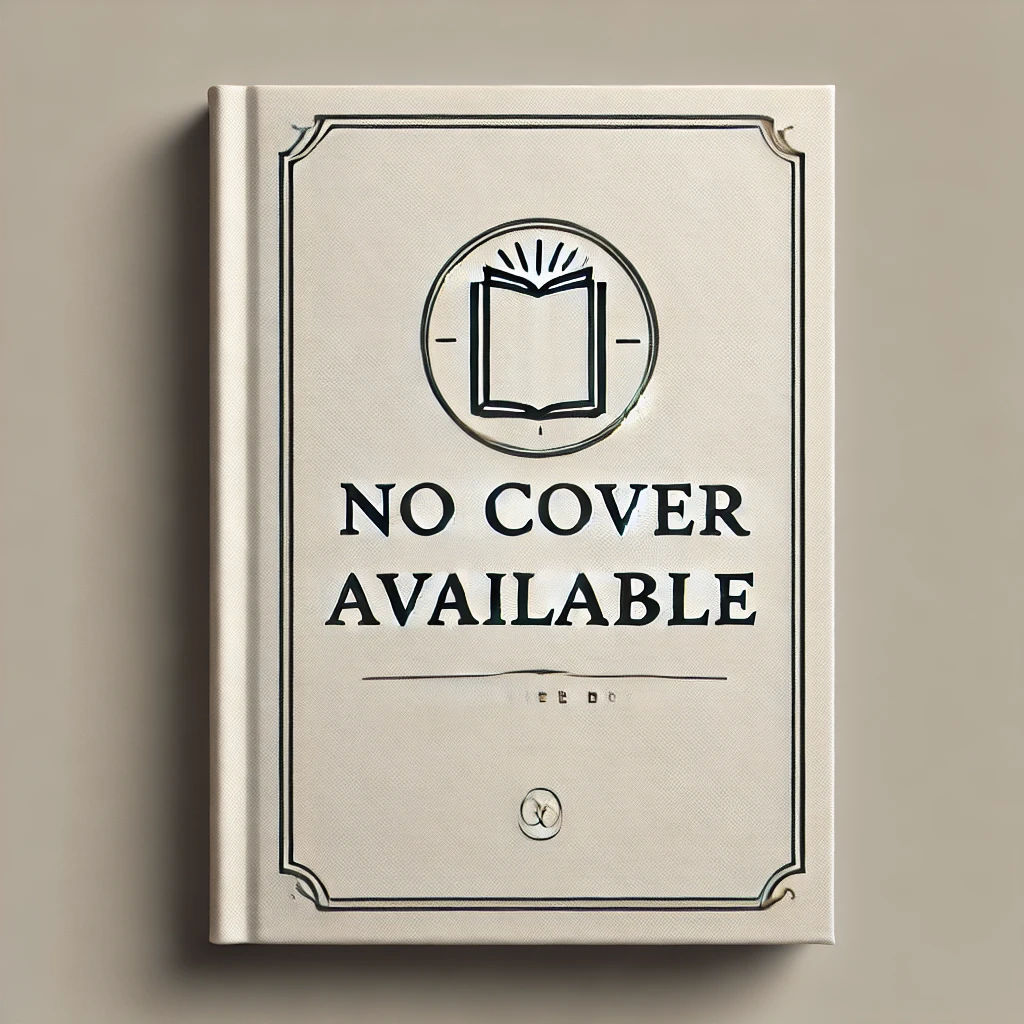Lost City of the Incas
(Author) Hiram BinghamFirst published in the 1950s, this is a classic account of the discovery in 1911 of the lost city of Machu Picchu. In 1911 Hiram Bingham, a pre-historian with a love of exotic destinations, set out to Peru in search of the legendary city of Vilcabamba, capital city of the last Inca ruler, Manco Inca. With a combination of doggedness and good fortune he stumbled on the perfectly preserved ruins of Machu Picchu perched on a cloud-capped ledge 2000 feet above the torrent of the Urubamba River. The buildings were of white granite, exquisitely carved blocks each higher than a man. Bingham had not, as it turned out, found Vilcabamba, but he had nevertheless made an astonishing and memorable discovery, which he describes in his bestselling book LOST CITY OF THE INCAS.
Hiram Bingham
Hiram Bingham (1875-1956) was an American explorer, historian, and politician known for his expeditions to uncover ancient civilizations in South America. His most notable work is the discovery of the Incan city of Machu Picchu in 1911, which brought international attention to the site and solidified his reputation as a prominent archaeologist. Bingham's writing style is characterized by detailed descriptions and meticulous research, which have greatly influenced the field of archaeology and historical exploration. His most famous work, "Lost City of the Incas," chronicles his discoveries in Peru and remains a seminal text in the study of ancient civilizations. Bingham's contributions to literature include shedding light on forgotten cultures and inspiring further exploration and research in the field of archaeology.



